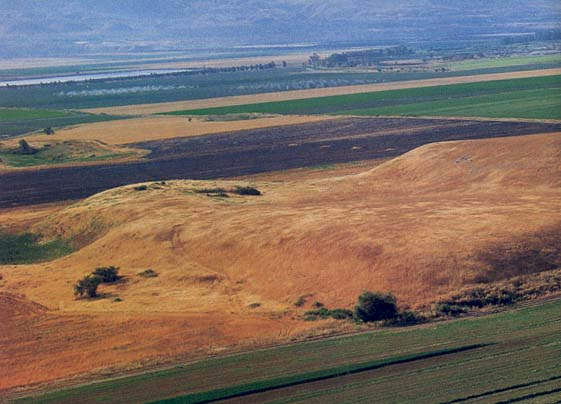Image Details

Richard Cleave
Tel Rehov looms above the fertile fields of the Jordan Valley. The mountains of Jordan are visible in the haze across the river. Though the massive tell lies adjacent to Israel’s well-traveled Highway 90, connecting Jerusalem with the Galilee, until recently, it was one of the least-known and least-studied sites in the area.
In the last three years, however, excavator Amihai Mazar has discovered the long-buried city of Rehov, located at an important ancient crossroads and occupied from at least the 16th century B.C.E. to the 12th century C.E. At its peak, Rehov covered 25 acres and included an upper city, 65 feet high on the southern end of the mound (at right in the photo), and a lower city below (at left). Mazar has determined that during the Late Bronze Age (15th to 13th century B.C.E.), Rehov likely ruled the entire Beth-Shean Valley as an independent Canaanite city-state; by the tenth century B.C.E., Rehov was an important Israelite city.
